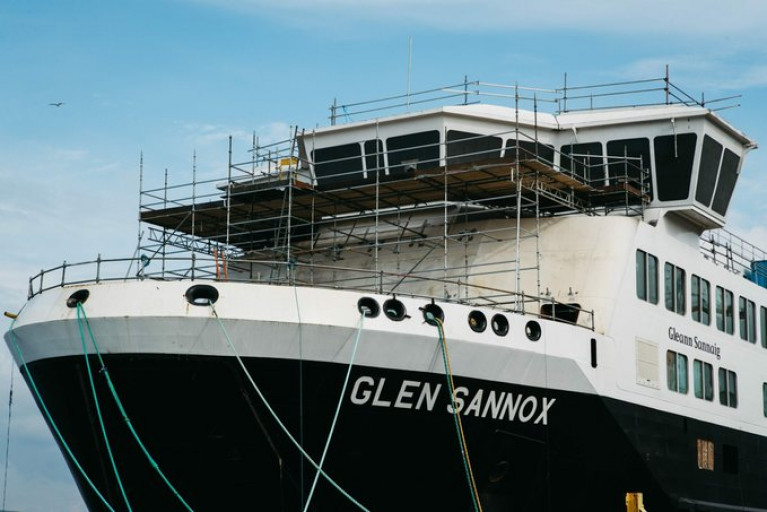Displaying items by tag: CalMac Ferries
Shipyard Delays As CalMac ferries’ Unused Engines Experts Fear Risk of Failure after Years Left Idle
Costing £4m are the engines bought for two much-delayed and over-budget (CalMac) ferries which as The Sunday Port writes, have not been tested since being delivered more than five years ago as experts warn they may now fail.
The Scottish government-owned shipyard, Ferguson Marine took delivery of four dual-fuel engines and two back-up engines from Finnish firm Wartsila but on Saturday confirmed the engines – which can use diesel or liquefied natural gas (LNG) – have never been run and will not be tested until late summer at the earliest.
One expert warned the lag in running the engines threatens their performance while another, a former Scottish Government adviser, said the years of idleness risks them seizing up if the ferries, which, it is feared, may cost at least £400m, are ever launched.
Dr Spyros Hirdaris, a professor of maritime safety, based at a Finnish university near Helsinki, where engine manufacturer Wartsila is based, said: “There is a high possibility that the ferry engines won’t work and it seems very high risk to expect everything will go according to plan. If you have a car for a long time and never switch on the engine it’s probably not going to work. It’s extremely important the engines are tested on board so it’s not a good thing that they haven’t been tested for all this time.
More here from the Clydeside shipyard saga.

























































